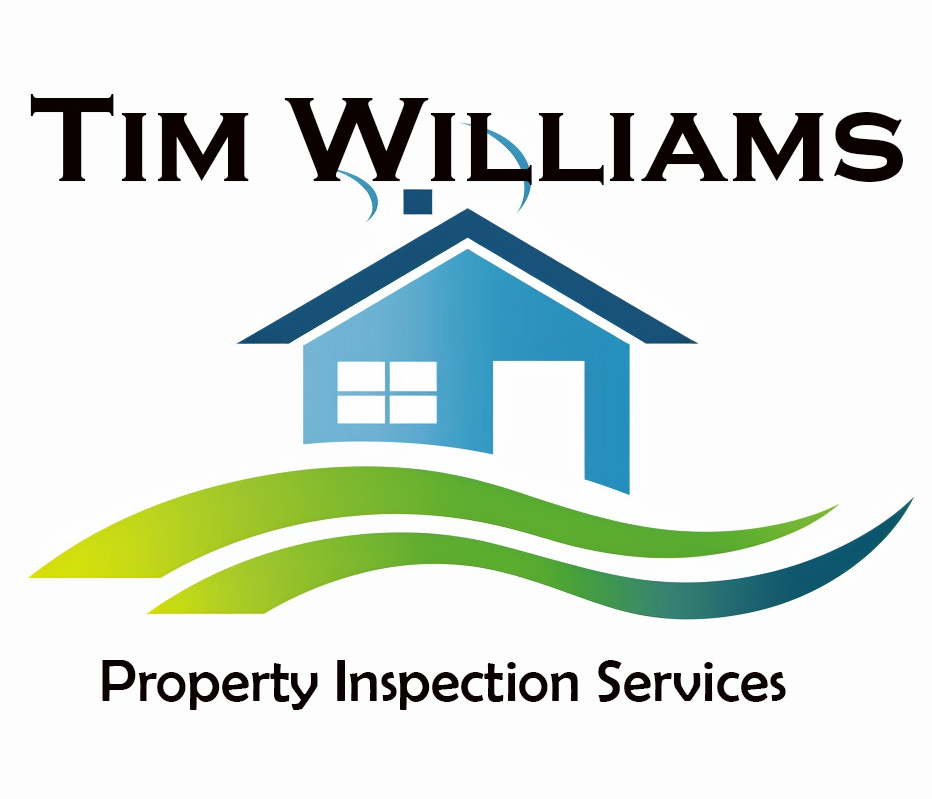Florida is no stranger to severe weather, especially when hurricane season approaches. High winds pose a significant risk to homes, and without the proper precautions, the damage can be extensive and costly. Whether you’re preparing for hurricane season or simply want to safeguard your home, there are several steps you can take to protect your property from wind damage. Here’s what you need to know to fortify your home and make sure it stands up to the elements.
Strengthen Your Roof Against Wind Damage
The roof is one of the most vulnerable parts of your home during high winds. In Florida, a durable and well-maintained roof is essential for protecting the interior of your home from wind and water damage.
Inspect your roof for loose or missing shingles, tiles, or other roofing materials. Secure loose areas and replace damaged shingles immediately. Use wind-resistant shingles, which are rated to withstand strong winds and are commonly recommended for homes in hurricane-prone areas.
For additional protection, install hurricane straps or clips, which help anchor the roof to the walls of your home. These metal connectors provide extra strength and stability, reducing the risk of your roof being lifted off during a severe storm.
Reinforce Windows and Doors
Windows and doors are susceptible to breakage during a windstorm, especially when flying debris is involved. To protect your windows, consider installing impact-resistant glass. These windows are designed to withstand high winds and the impact of debris without shattering.
If impact-resistant windows are not an option, installing storm shutters is a great alternative. These shutters can be quickly closed when a storm is approaching, providing an extra layer of defense against wind and debris.
Your doors also need reinforcement, particularly garage doors, which are often a weak point in homes during storms. Install a wind-rated garage door or use a bracing system to prevent the door from being blown in. Reinforce your entry doors with heavy-duty deadbolts and hinges so they stay secure during high winds.
Secure Outdoor Items to Protect Against Wind Damage
Flying debris is a major hazard during a windstorm, and many of the items in your yard or on your patio can become dangerous projectiles. To protect your home, it’s crucial to secure or store outdoor items before a storm hits.
Large items such as patio furniture, grills, and potted plants should be moved indoors or anchored to the ground. If you have trees in your yard, keep them trimmed and remove dead branches that could be torn off by the wind.
Fencing and outbuildings should also be inspected and reinforced. Loose fence panels or unsecured sheds can become dangerous in high winds, so make sure these structures are properly secured to the ground.
Inspect and Maintain Your Home’s Structure
Your home’s overall structural integrity plays a significant role in how well it withstands high winds. Start by inspecting the foundation, walls, and roof for signs of wear, cracks, or weaknesses. Addressing these issues before a storm ensures your home is as strong as possible.
If your home is older, consider having a structural engineer assess its wind resistance. Newer homes in Florida are often built to more stringent building codes that require wind-resistant designs, but older homes may not meet these standards. Reinforcing walls, adding extra anchoring systems, or upgrading building materials will improve your home’s ability to withstand strong winds.
Maintain Gutters and Drains
Proper water drainage is crucial during windstorms, especially in Florida, where heavy rainfall often accompanies high winds. Clean and maintain your gutters and downspouts so water can flow freely off your roof. Clogged gutters lead to water damage, especially if the wind blows water into your attic or walls.
Consider installing gutter guards to prevent debris from clogging your drainage system during a storm. Ensure your downspouts direct water away from your home’s foundation to avoid flooding or structural damage.
Evaluate Landscaping for Potential Wind Damage
Landscaping plays a role in protecting your home from wind damage. The types of trees, shrubs, and other plants around your home can either help block wind or exacerbate damage if they aren’t well-maintained.
Plant wind-resistant trees, such as palms, that can withstand hurricane-force winds. Avoid planting large trees near your home or power lines, as these can cause significant damage if they fall. Regularly prune your trees and shrubs to remove dead or overhanging branches that could break during a storm.
Consider Home Insurance and Wind Mitigation Discounts
While physically protecting your home is essential, having the right insurance coverage will help you recover more quickly if wind damage occurs. Review your homeowner’s insurance policy to ensure it includes coverage for windstorms and hurricanes. If your home is in a high-risk area, additional windstorm insurance may be necessary.
In Florida, many homeowners also qualify for wind mitigation discounts on their insurance premiums. Wind mitigation inspections assess your home’s wind resistance features, such as roof shape, impact-resistant windows, and hurricane straps. If your home meets certain criteria, you could save money on your insurance while ensuring your home is better protected.
Protecting your Florida home from wind damage is crucial, especially during hurricane season. Proper drainage and well-maintained landscaping also play a role in safeguarding your property. Review your insurance coverage and consider wind mitigation inspections to further protect your home financially. With the right precautions in place, your home will stand strong, no matter how fierce the winds may blow.
Tim Williams Property Inspection Services provides professional home inspection services and wind mitigation inspections to Walton, Bay, and Gulf Counties in Florida. Contact us to schedule an appointment today.

